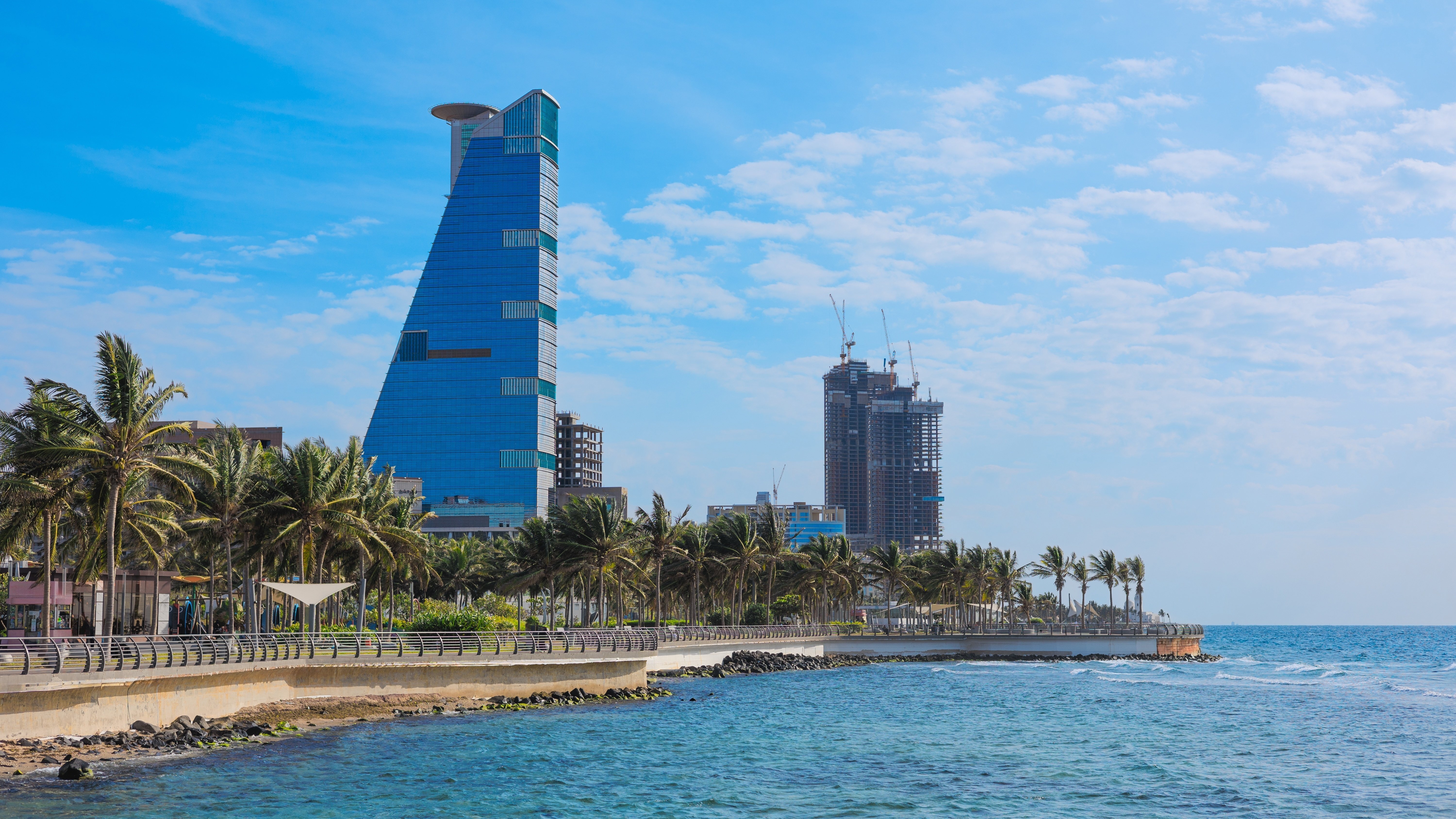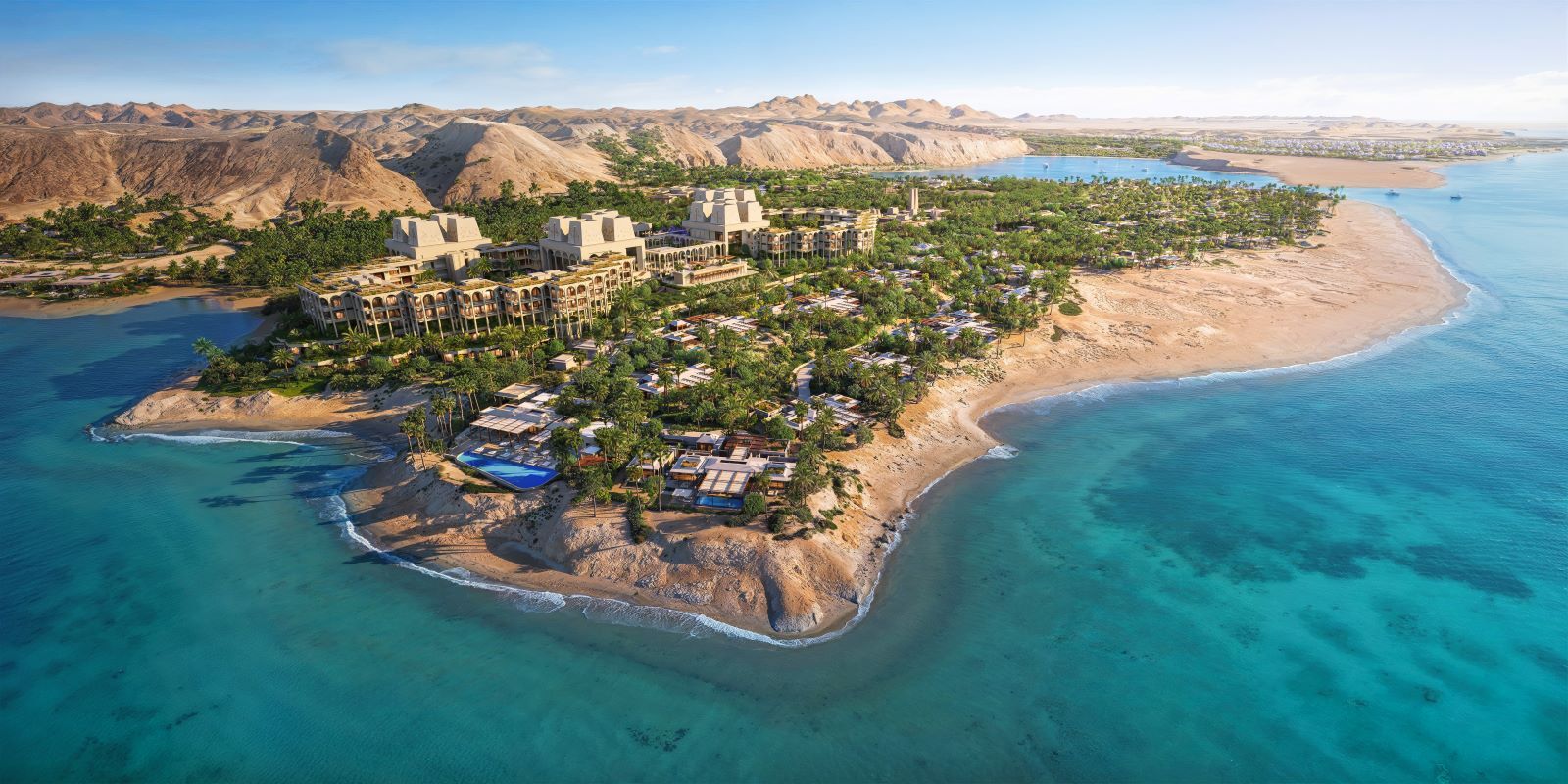The Cliffside Villages of Saudi Arabia
Amid Saudi Arabia’s towering mountains and rugged cliffs lie the kingdom’s cliffside villages—remarkable testaments to human resilience and adaptability in the face of challenging landscapes. These perched settlements embody environmental beauty, strength, and creative ingenuity. Once vibrant communities, they now stand as living stories—histories etched into the very rock of the mountains. Today, they’ve become some of Saudi Arabia’s most fascinating tourist destinations, reflecting the nation’s deep cultural and historical diversity, and offering a window into the kingdom’s rich and layered heritage.
.jpg?width=1024&height=768&name=unnamed%20(40).jpg)
What are the cliffside villages?
They are residential communities built atop mountain peaks or along steep slopes, constructed entirely from natural materials such as timber and local stone. Their elevated geography gave rise to fortified homes and defensive structures, making them nearly unreachable by enemies in the past. These villages are primarily located in the southwestern regions of Saudi Arabia—specifically in ‘Asir and Al-Baha—areas known for their breathtaking mountainous landscapes. Despite the rugged terrain and high altitudes, people carved out a way of life here, transforming the challenge of the mountains into an opportunity for habitation and cultural continuity.
Dhee Ayn Village
Locally known as the Marble Village, Dhee Ayn lies southwest of the city of Al-Baha. It owes its nickname to the white stone that blankets the ground, shimmering under the sun to create a striking, marble-like effect. Estimated to be over 400 years old, the village takes its name—Dhee Ayn, meaning "the one with springs"—from the abundance of freshwater springs that emerge from the surrounding mountains, flowing down to irrigate the land and provide water for livestock.
The village is home to around 49 houses, all built from native mountain stone. These traditional structures range from one to two storeys, with a few rising as high as four levels. The layout of the village is especially remarkable: the homes are arranged in graceful tiers along the mountainside, echoing the nearby agricultural terraces and harmonising beautifully with the landscape.
Dhee Ayn relies on an ancient irrigation system fed by mountain streams. Locals cultivate banana trees, basil, and date palms, which add lush greenery to the village’s white-stone backdrop. This vibrant contrast—natural beauty interwoven with architectural heritage—has made Dhee Ayn one of the most celebrated tourist destinations in the region. It has even been placed on UNESCO’s Tentative List for its unique historical and architectural value.
Rijal Almaa Village
One of the most iconic heritage villages in Saudi Arabia, Rijal Almaa is located in the Asir region, in the governorate that bears its name in the southern part of the kingdom. This village holds deep cultural and historical significance, with over 60 traditional stone houses—many of which rise multiple storeys high, some reaching up to seven floors. These structures were crafted with remarkable skill using a mix of stone, clay, and occasionally timber, reflecting the local building traditions.
The façades of the homes are adorned with intricate Al-Qatt Al-Asiri designs—a vibrant and geometric decorative art form unique to the Asir region. Traditionally created by women, this style is distinguished by its bold colours and symmetrical patterns, adding a distinctive beauty to the village’s architecture.
Rijal Almaa was awarded the Cities for Heritage prize at the 2007 World Heritage Conference, in recognition of its rich tapestry of cultures, evident in its diverse architecture, customs, traditions, and dialects. Historically, the village served as a key commercial hub along the caravan route between Yemen and Mecca. Today, Rijal Almaa attracts thousands of visitors each year, drawn by its living heritage and the vivid cultural diversity preserved in its stone walls and winding paths.
Al-Soudah Village
West of Abha, high atop the Sarawat Mountains, sits Al-Soudah Village—perched above the clouds. It is the highest cliffside village in Saudi Arabia, standing at over 3,000 metres above sea level. Al-Soudah is famed for its dense juniper forests, breathtaking natural scenery, and traditional stone houses with wooden rooftops.
Its climate is cool and misty year-round, even during summer. The village hosts seasonal events such as the Al-Soudah Season, which draws visitors from across the globe. This makes it not just one of the most unique tourist destinations in Saudi Arabia, but in the world. While government initiatives have focused on improving infrastructure and tourism facilities, Al-Soudah has retained its historical authenticity and charm.
Other Cliffside Villages
Saudi Arabia is home to several other hanging villages, many of which are now abandoned or semi-abandoned. These are scattered across the southern regions of the kingdom, including areas such as ‘Asir, Hail, Al-Namas, and Balqarn. Notable among them are Habala and Al-Yousef villages, known for their tightly clustered stone homes clinging to the mountainsides, blending seamlessly into the rock as if carved from the mountain itself.
These villages are included in Saudi Arabia’s Vision 2030 development plans aimed at revitalising tourism. Restoration projects are underway to breathe new life into them, transforming them into key heritage destinations.
Cultural and Heritage Significance of Saudi Arabia’s Cliffside Villages
These villages represent a rich reservoir of intangible heritage. They offer deep cultural insights and reflect a traditional mountain way of life, highlighting human adaptability in extreme environments. The villages also preserve ancient agricultural methods and sustainable living practices passed down through generations.
They have garnered increasing attention from official cultural bodies in the kingdom, particularly the Ministry of Culture and the Saudi Tourism Authority. Many have been earmarked for heritage registration and documentation, with some being proposed for inclusion on global heritage lists.
Impact on Tourism and the Local Economy
Thanks to Saudi Arabia’s focused tourism campaigns, these cliffside villages have seen a surge in visitors in recent years. Annual festivals like the Rijal Almaa Festival and Al-Soudah Season have made them major attractions.
Beyond their architectural and natural beauty, the villages are living memories—storied landscapes that reflect the interwoven lives of generations who adapted to and shaped their environment. They stand as a testament to the depth of Saudi Arabia’s cultural identity and its place in the broader story of human civilisation.
Visiting these cliffside villages is not just a scenic journey—it’s a step into the very soul of the kingdom, an experience not to be missed.



